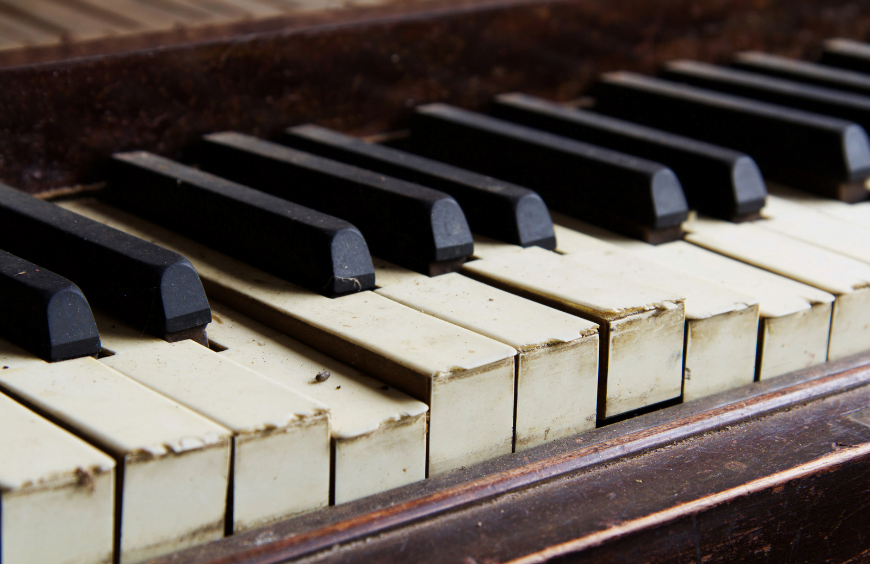No products in the cart.

A stable piano will be more enjoyable to play and listen to while rewarding your fingers with a consistent, proper touch. If you would like to enable your instrument to maintain proper pitch between tunings and protect the myriad of tiny wooden parts that make up a piano then continue reading..
Many piano technicians, piano makers, and major piano manufacturers recommend installing a humidity control system as an important step for proper piano care and maintenance. The humidity control system continuously monitors the humidity level of the air inside your piano using a sophisticated electronic Humidistat which is located very close to the soundboard.

When the Humidistat senses that the humidity level is too low, it activates the Humidifier. When it senses that the level is too high, it activates the Dehumidifier. This shallow cycle continues day after day, year after year, protecting your piano from external conditionsThis system is truly a lifesaver for piano care & maintenance, tuning, and combating dry or humid conditions that cause costly damage to your piano.
Installing a humidity control system for pianos is indeed a common recommendation from piano technicians, piano makers, and manufacturers. Maintaining proper humidity levels is crucial for the well-being of a piano, as it helps to preserve its structural integrity, prevent damage to the wood, and maintain stable tuning.
The soundboard, which is a vital component of a piano, is particularly sensitive to changes in humidity. Fluctuations in humidity can cause the soundboard to expand or contract, leading to issues such as cracks, warping, or changes in tonal quality. By installing a humidity control system, you can mitigate these risks and ensure a more stable environment for your piano.
A typical humidity control system consists of a humidifier and a dehumidifier, along with a sophisticated electronic Humidistat. The Humidistat continuously monitors the humidity level inside the piano, usually positioned close to the soundboard. When the humidity falls below a certain threshold, the system activates the humidifier to release moisture into the air. Conversely, if the humidity becomes too high, the dehumidifier is activated to remove excess moisture.

By maintaining a consistent humidity level within the recommended range (usually around 40-50% relative humidity), you can help prevent the negative effects of excessively dry or humid conditions on your piano. This is especially important in regions with extreme climate variations, where humidity levels can fluctuate significantly throughout the year.
It’s worth noting that while a humidity control system is highly beneficial, it’s not a substitute for other essential piano care practices. Regular tuning, proper cleaning, and avoiding direct sunlight or extreme temperature changes are also important for maintaining the overall condition and longevity of your piano. Consulting with a qualified piano technician or manufacturer can provide specific guidance tailored to your instrument and local climate conditions.

In conclusion, installing a humidity control system in your piano is highly recommended to maintain its structural integrity, prevent damage, and ensure stable tuning. It is a valuable investment in the long-term care and preservation of your instrument.
Remember, professional installation is required!

